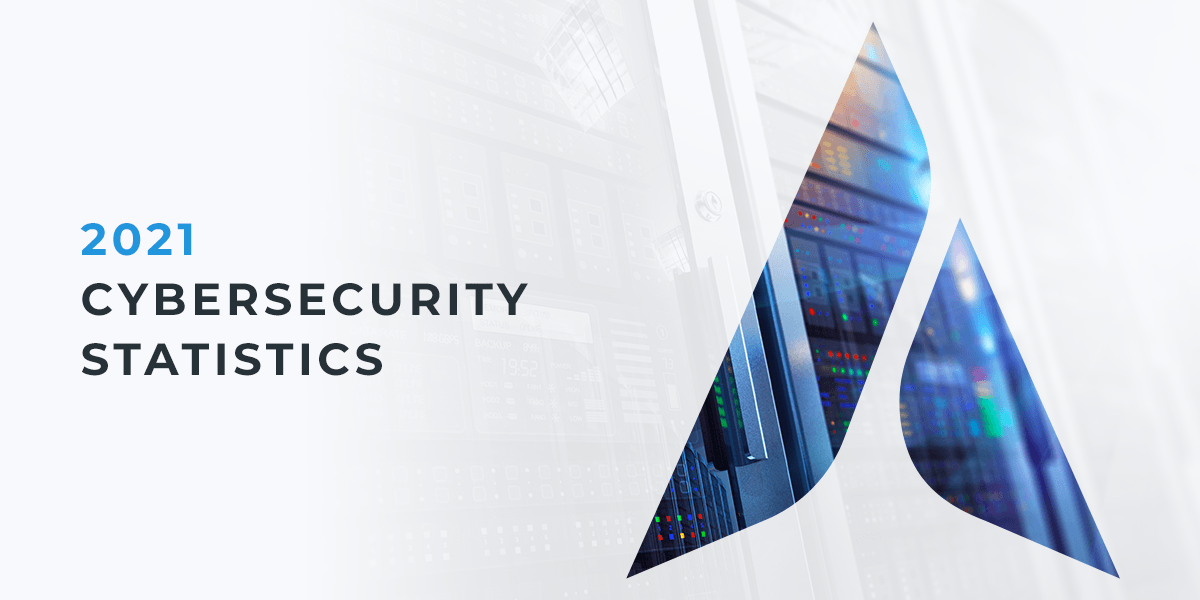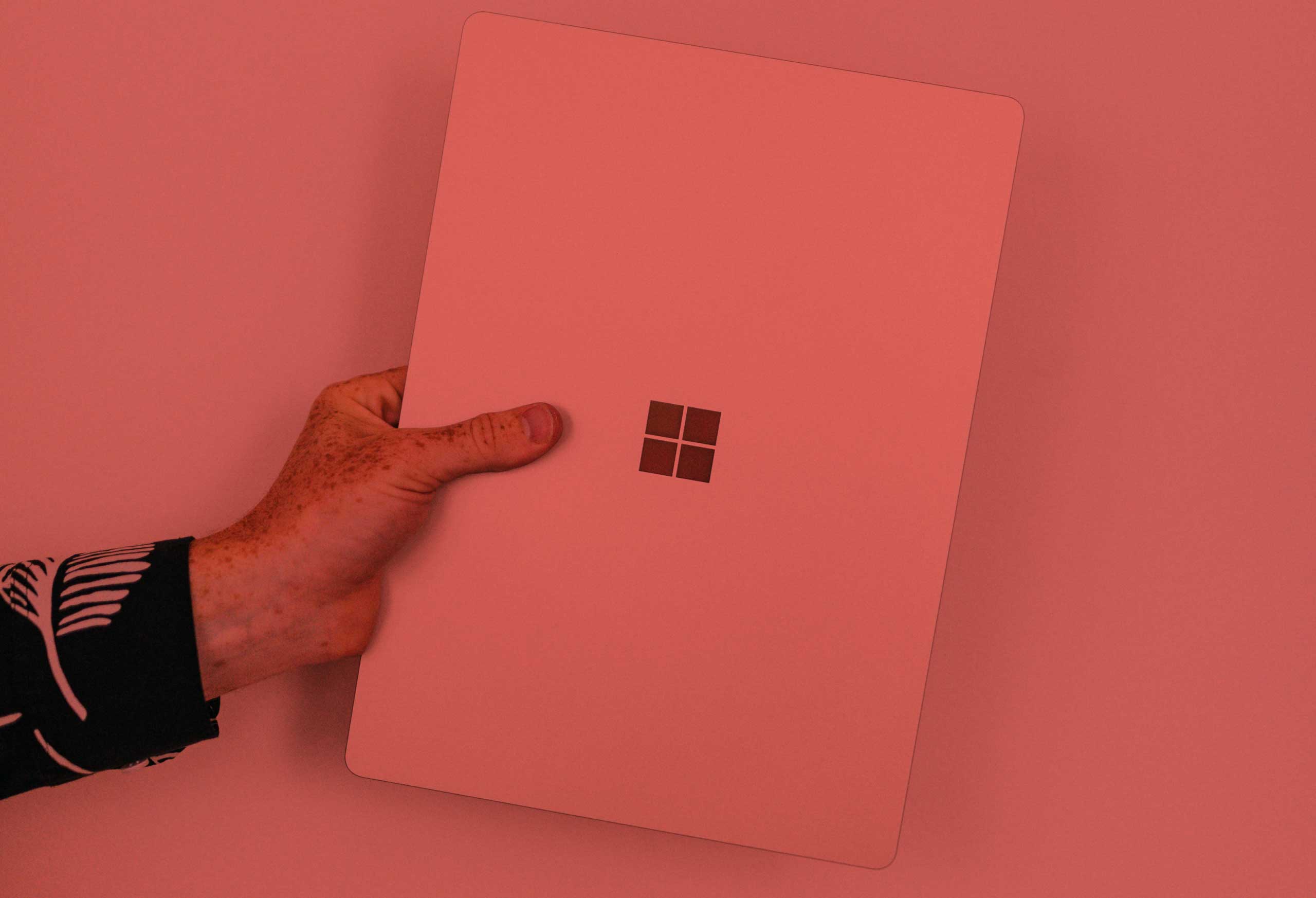What is Network Segmentation?
Network segmentation divides a computer network into various segments to improve the network’s performance, enhance security, increase monitoring, and localize technical issues. This network security technique compartmentalizes the network, so each section acts as its own small network with unique security services and controls for each.
Administrators can use segmentation to protect static IP addresses and prevent unauthorized users from gaining access. These security measures prevent hackers from accessing your company’s confidential data and intellectual property.
How Network Segments Work
Network segmentation controls the flow of traffic between network segments. You can allow all traffic, limit traffic by source or destination, or stop all traffic. The way you decide to segment your network is your segmentation policy. Each segment has specific endpoint types or applications with the same trust level.
Segmentation can be physical or logical. Physical segmentation breaks down a computer network into subnets and a firewall controls traffic. Logical segmentation uses a network addressing scheme to automatically route traffic to the correct segment.
Advantages of Segmenting Your Network
Network segmentation offers many benefits, including:
- Strong network security by reducing the attack surface.
- Improved operational performance by reducing network congestion.
- Protection for vulnerable devices by preventing harmful traffic from reaching them.
- Decreased scope of compliance to limit in-scope systems and reduce costs associated with compliance.
- Less congestion by directing traffic to other subnets.
- Limited cyberattack damage by reducing how far an attack can spread.
Where to Use Network Segmentation
Network segmentation has many use cases and applications, including:
- Public Cloud Security: Segmentation isolates applications in hybrid and public cloud environments. Cloud service providers maintain security in the cloud infrastructure, operating systems, data, and intellectual property.
- Guest Wireless Network: Companies that offer Wi-Fi to customers can use segmentation to allow users to access the internet and nothing else.
- Payment Card Industry Data Security Standard (PCI DSS) Compliance: Network administrators can isolate credit card data in a security zone and limit traffic to this zone. This setup can help companies achieve compliance with PCI DSS.
- User Group Access: Network administrators can control access between sections to prevent insider breaches.
Contact Agio for Network Management Services
Get complete network administration and fine-tuning with network management services from Agio. We’ll secure your back-end infrastructure and data and monitor your network, so your team can focus on important tasks. Contact us to learn more.
Share post
Featured Posts
Connect with us.
Need a solution? Want to partner with us? Please complete the fields below to connect with a member of our team.





